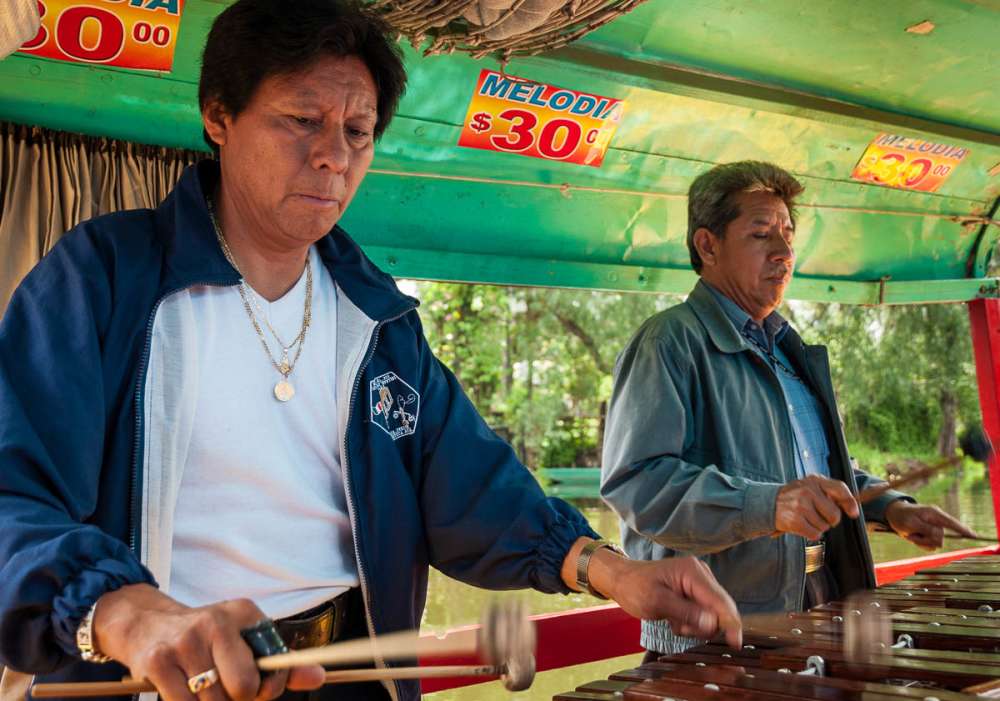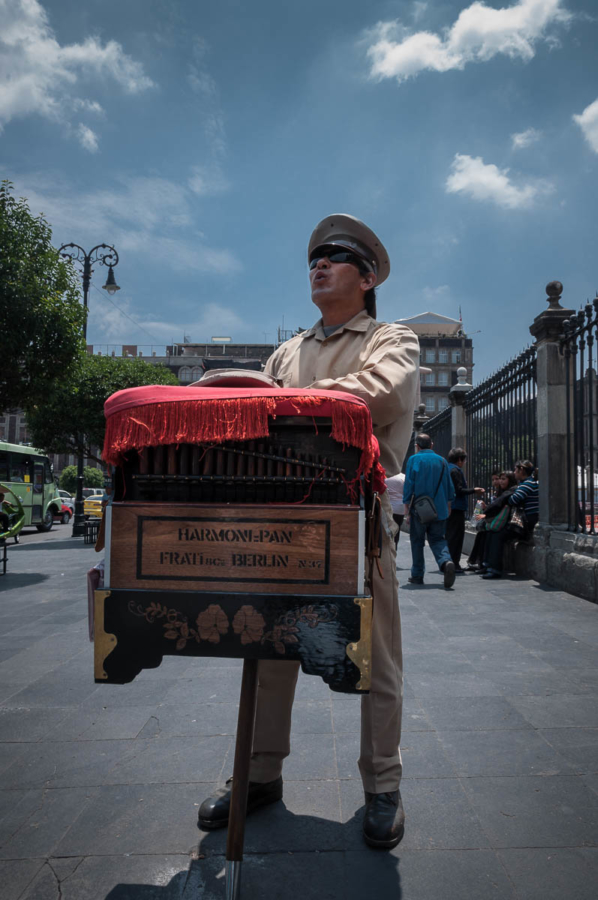Traditional Mexican Music Genres
As diverse as Mexico is, the same can be said for its music. The country’s musical history started thousands of years ago with, of course, its indigenous people, and it continues evolving today in the bars, living rooms, and streets of its small towns and big cities.
Banda, mariachi, norteño, and ranchera are among today’s most popular genres which play on the radio and on one’s cell phone, but other genres which have developed include huasteco, jarocho, grupera, tamborazo zacatecano, and marimba-based ensembles.
And rock groups obviously exist, who play Mexican rock, along with pop groups, Latin alternative, ska and electronic groups. All haunt the clubs and bars who cater to that kind of music. Old American rock music can be heard from time to time, but it’s far from the norm. Several years ago, I was (I thought) alone taking photos at midnight in a graveyard on the Day of the Dead and someone (or something) was playing The Rays’ “Silhouettes on the Shade.”
Talk about spooky!
Banda
Banda music: this horn-heavy genre of Mexican music usually features, at least, a dozen guys in matching neon-colored suits who play polka-influenced, military marching band-based tunes. Clarinets, trumpets, trombones, tubas, French horns, more trumpets, powerful virtuosic singers, bass and snare drums all make up the instruments in a banda. There are no stringed instruments here like the violin or gut-stringed guitar found in mariachi.
A typical banda has at least 12-15 musicians, but the largest groups can have 20 members who play a combination of cumbias, corridos (narrative story-songs), rancheras, and ballads. It’s a catalog of songs that’s not always unique to the genre itself but which sometimes stretches back a century and a half to pre-Revolution Mexico.
People in Mexico either love banda or they hate it. It’s kind of like how country music in the United States is perceived by city folk. But banda is much, much more popular in Mexico than country music is in the U.S., its long-term appeal having long outlived the flash-in-the-pan Nashville sound of the late 50s.
The popular banda songs heard constantly on the radio today are modern compositions, written and marketed like pop tunes. They usually tell melodramatic tales of spurned love and found love and, well, anything to do with love. This makes it an easy target for critics of pop music in any genre.
But the highly syncopated music with complex changes and rhythms is made for dancing (and dancing close), drawing big crowds to weddings, holidays, parties, rodeos, parades, baptisms, quinceañeras, even indoor church services.
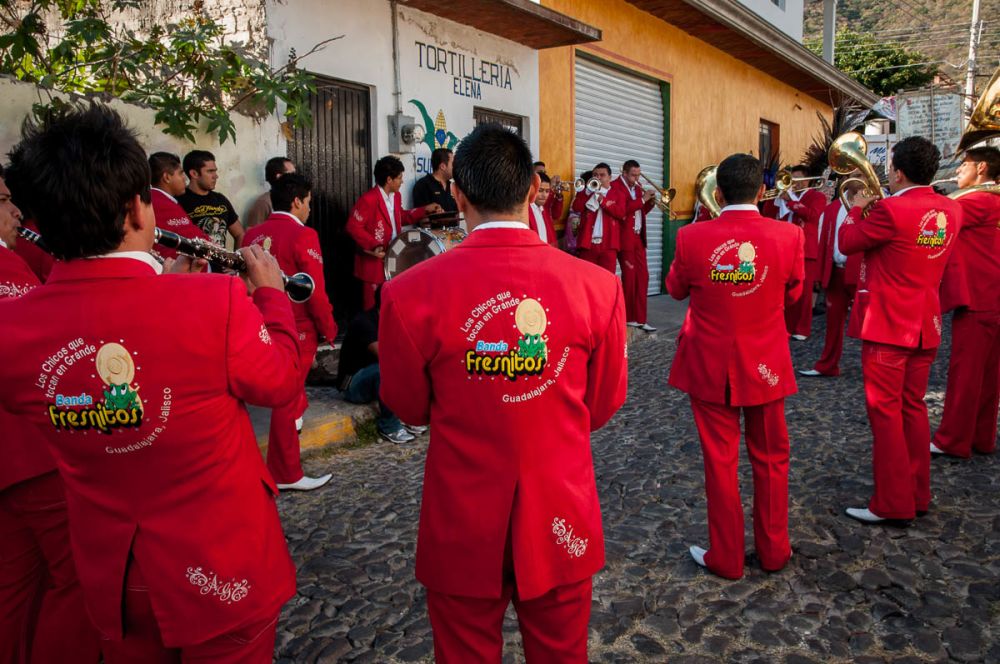
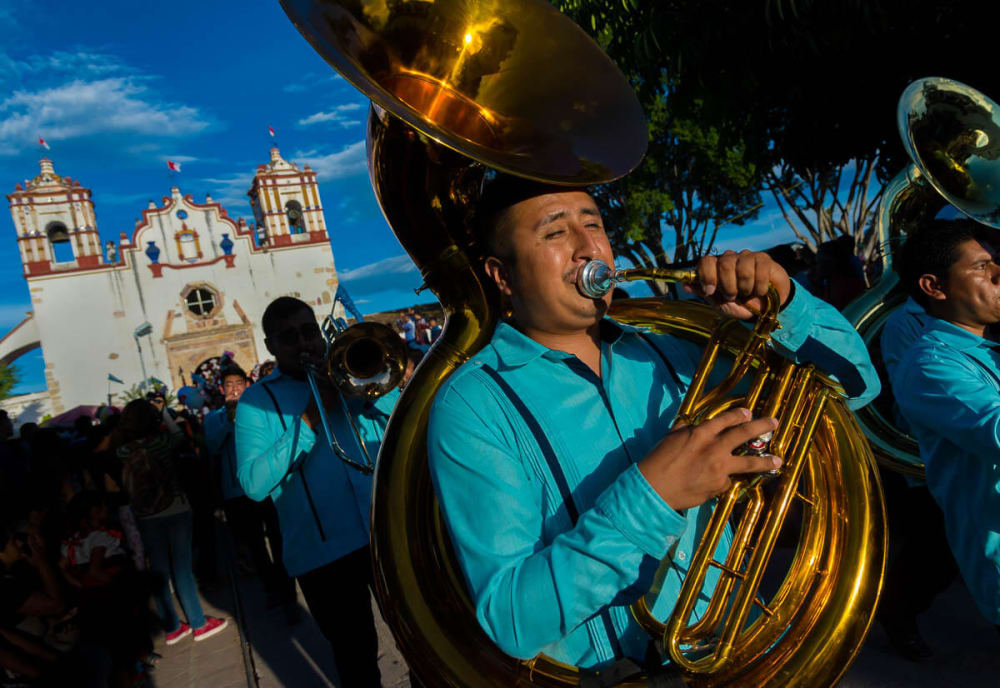
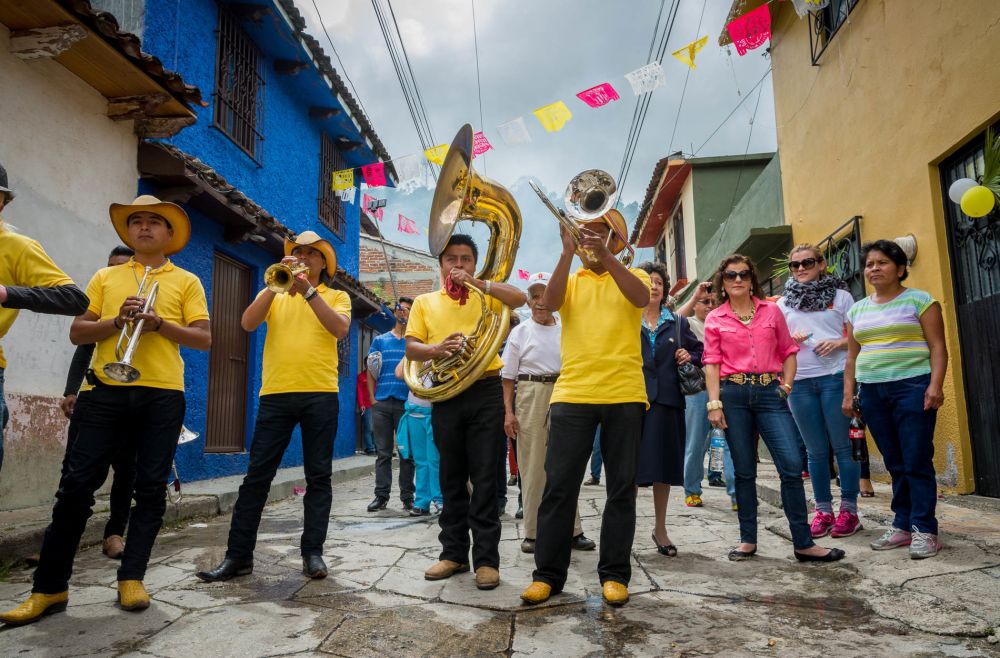

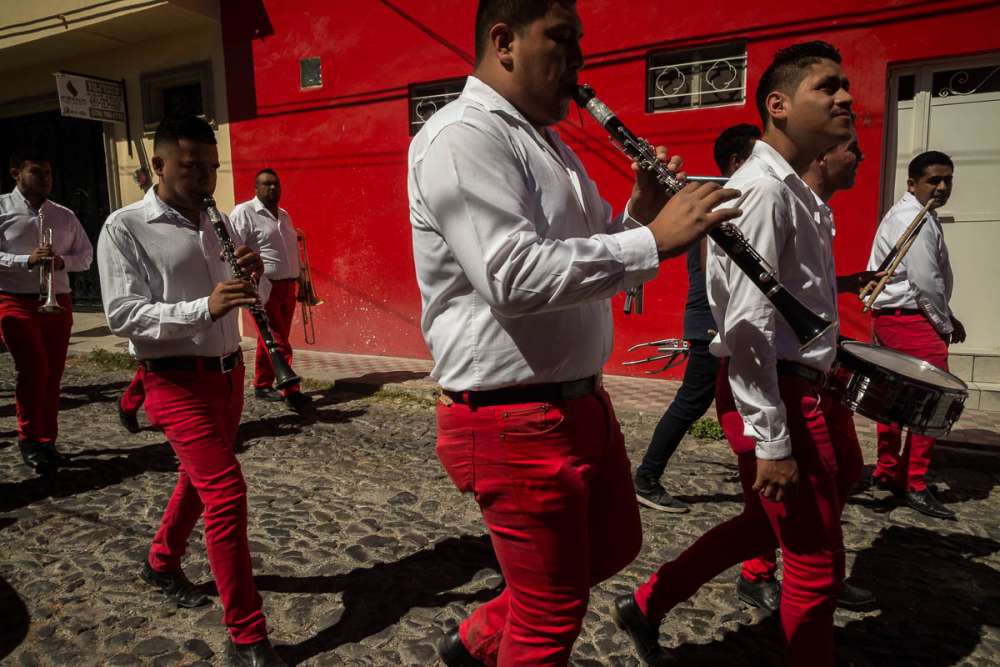
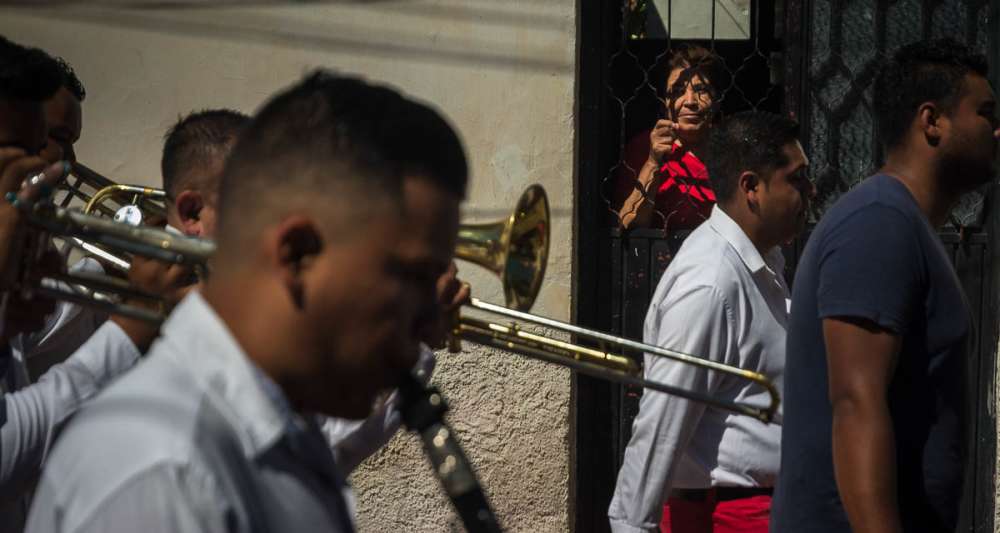


VIDEO: Watch this video of “Tengo Que Colgar” (“I Have To Hang Up”) by Banda MS, currently one of Mexico’s most famous bandas.
Norteño
Norteño music draws some of its material and its sound from the same pool as banda, but features different instrumentation, namely the addition of the accordion and a couple bajo sextos, which are Mexican 12-string guitars. A standup or electric bass guitar replaces the tuba to fill out the bottom end.The drummer uses a standard drum trap, but a single snare drum and cymbal is enough, and even that’s not always required.
The drummer uses a standard drum trap, but a single snare drum and cymbal is enough, and even that’s not always required. The snare drum is a prominent player in norteño music, often firing off elaborate drum rolls between the singer’s lines.
Though not all norteño bands have an accordion, most do. And a banda will almost never have an accordion player. This key rule, if remembered and divulged under the right circumstances, will surely impress all your friends.
The smaller size of a norteño group, which is normally just five men (and yes, they are usually always men), makes it an ideal setup for musicians who play in restaurants at guest’s tables and public areas.
Such as in this graveyard or on this boat:
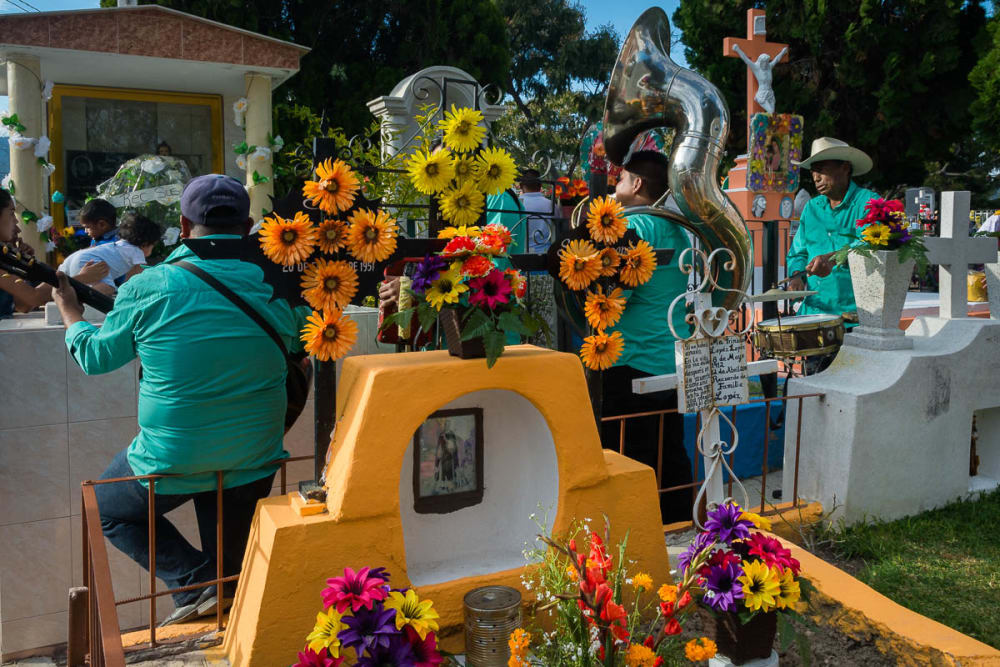
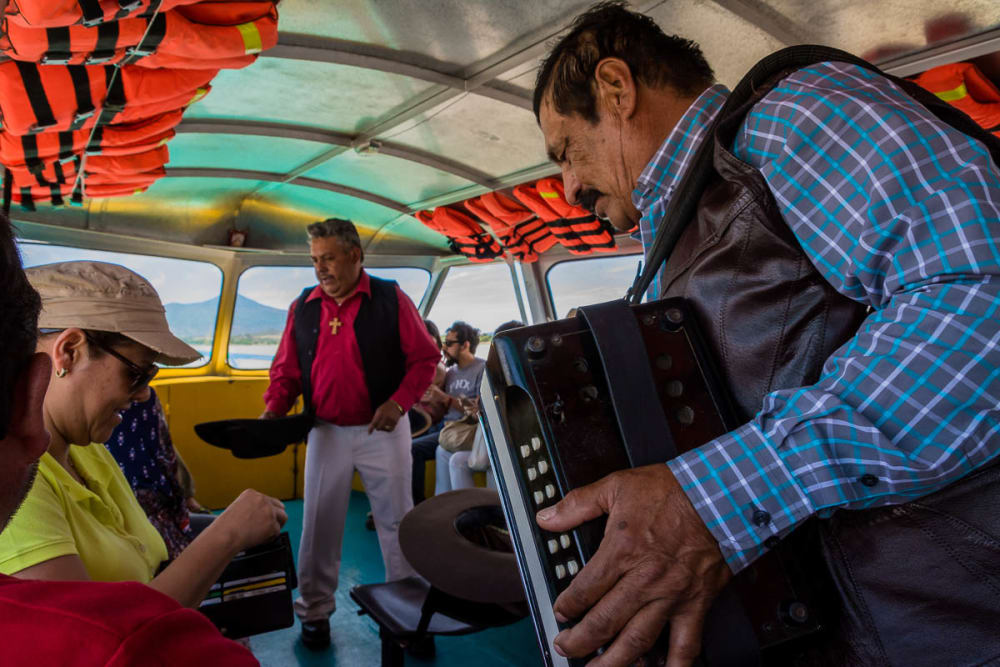
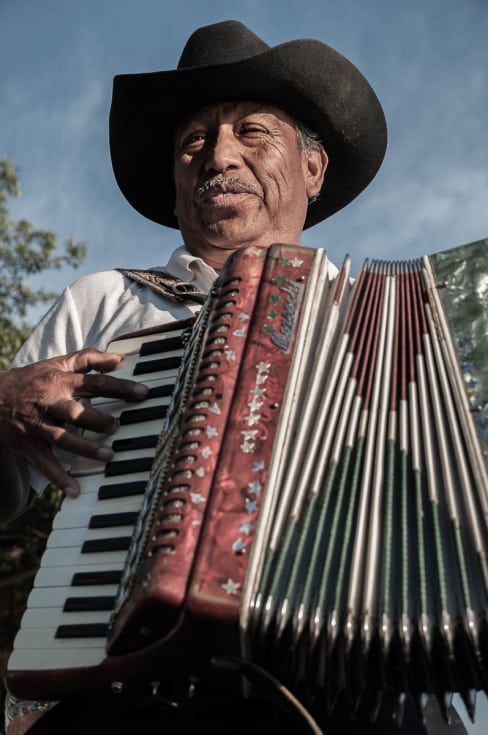

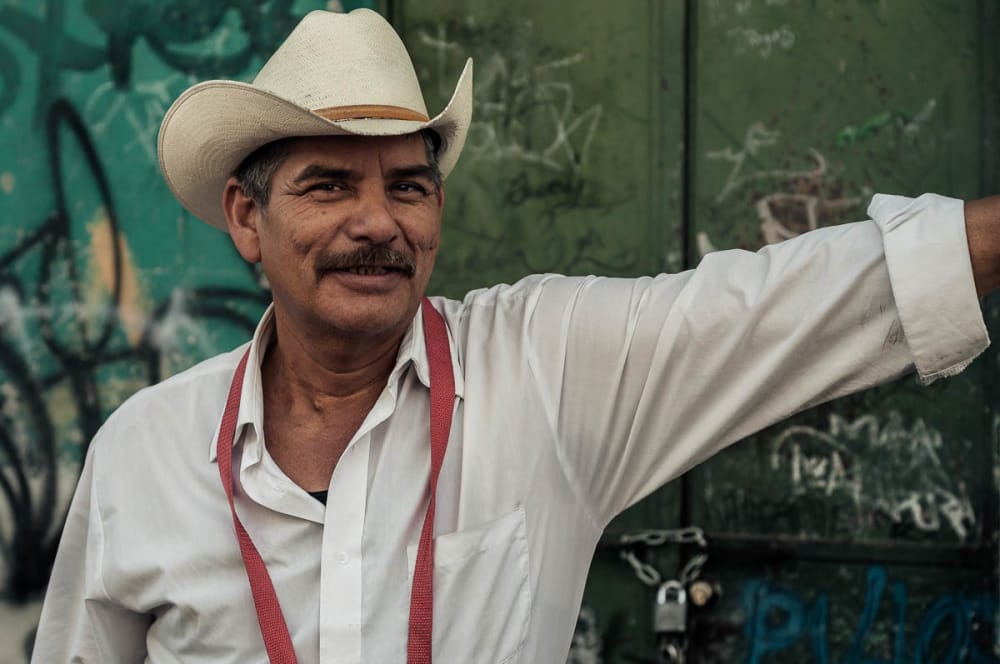
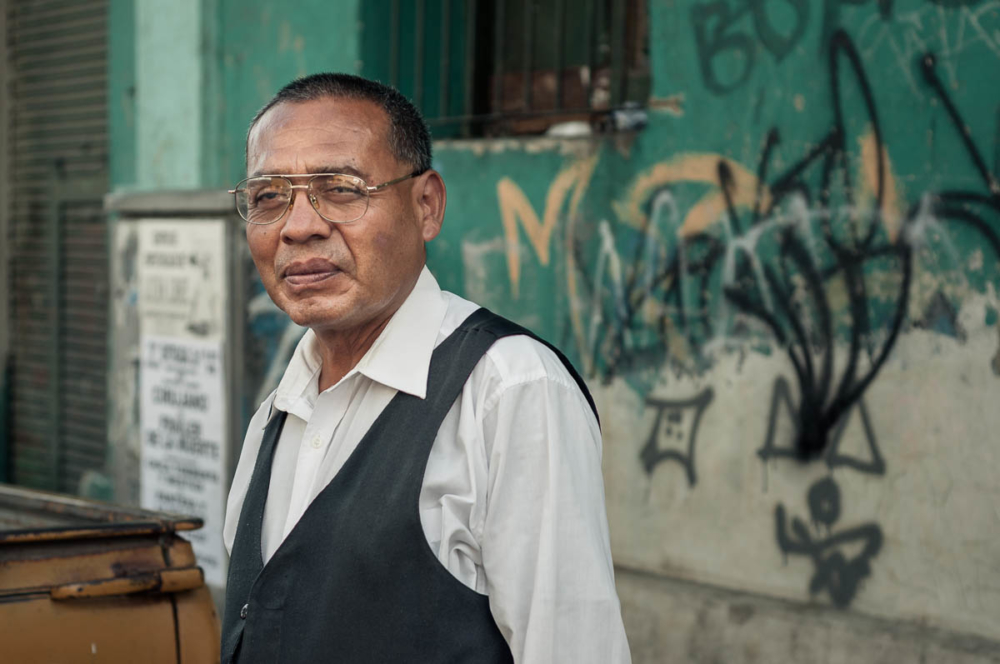
Mariachi
Mariachi is the style of traditional Mexican music that most outsiders associate with Mexico. Some of its most popular songs, such as “Cielito Lindo” are known the world over.
The instrumentation is based on a chorus of violins, guitar, harp, and vihuela, which is a high-pitched, round-backed guitar. The trumpet plays second-fiddle to the, well, fiddle in a mariachi group, usually consisting of just two, but sometimes three, trumpeters in groups that commonly reach 10-15 players.
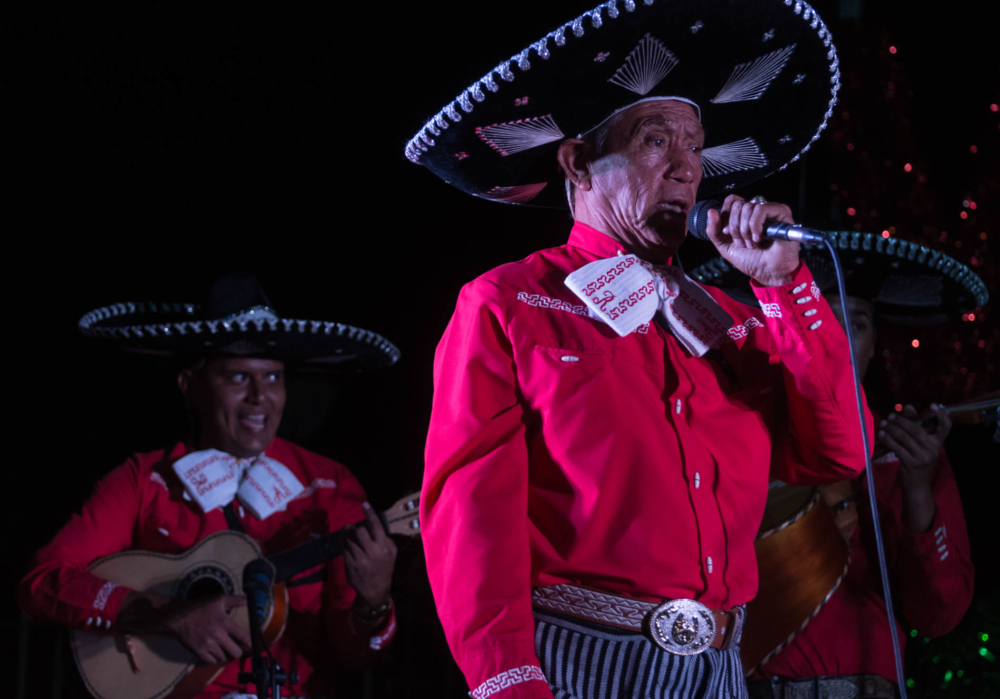
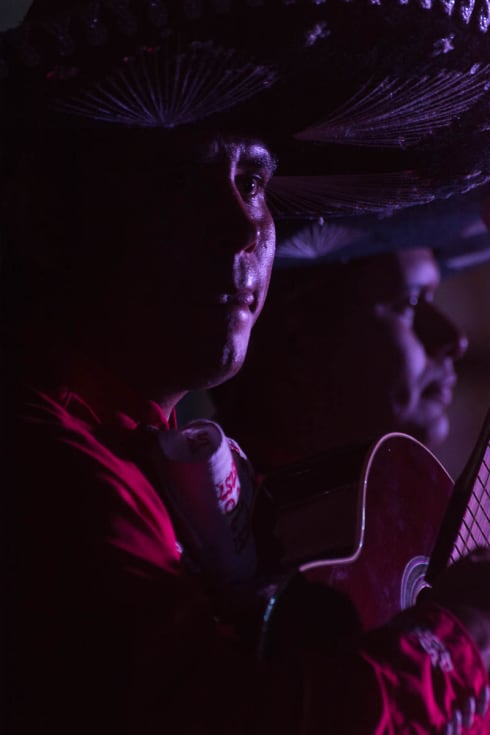
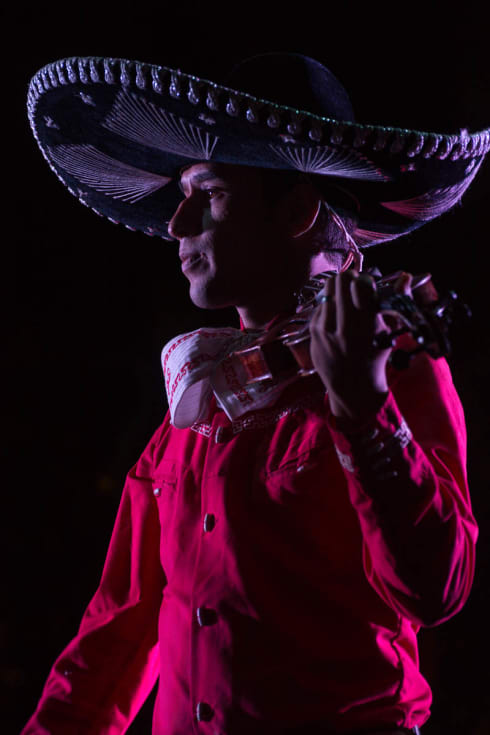

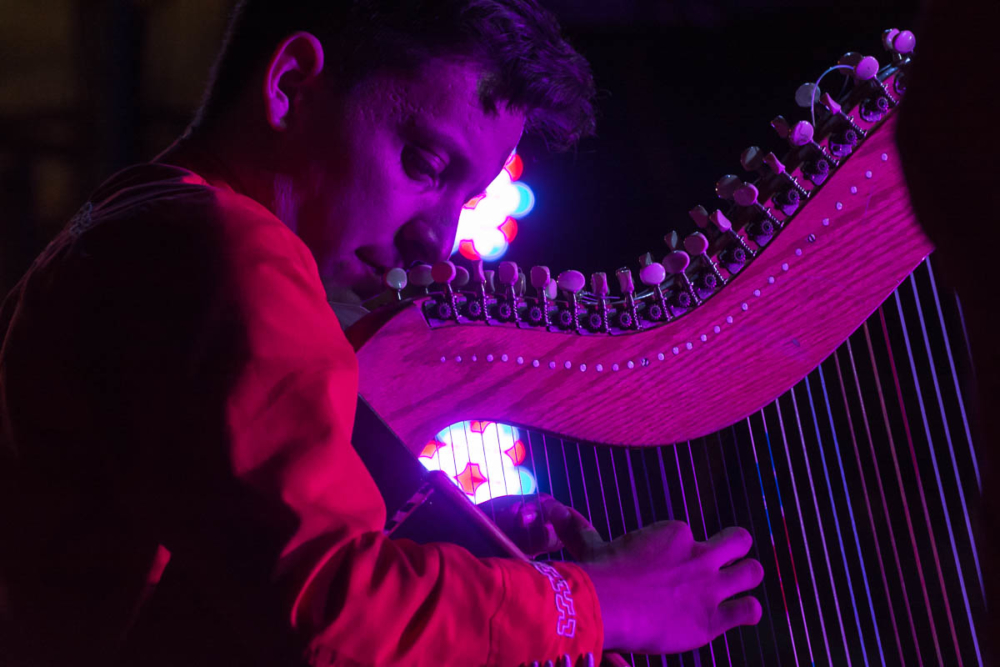
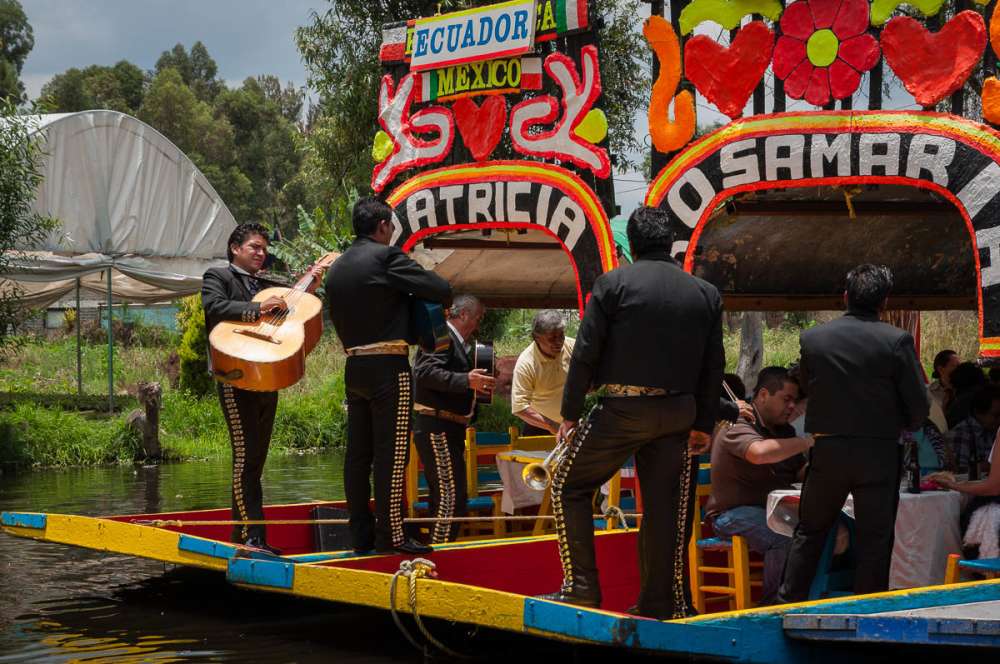
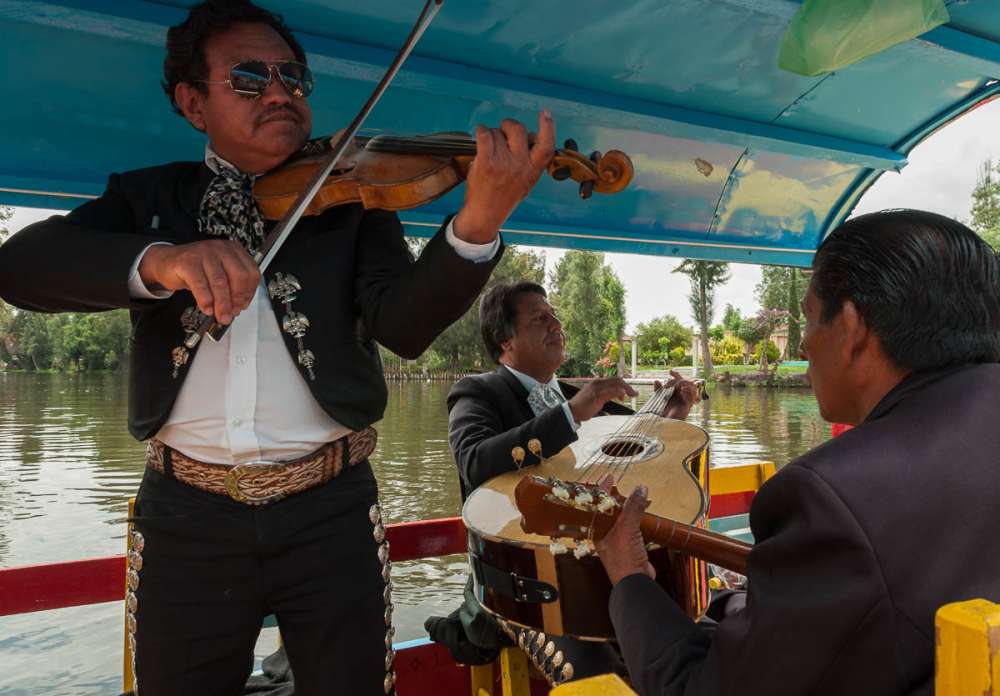
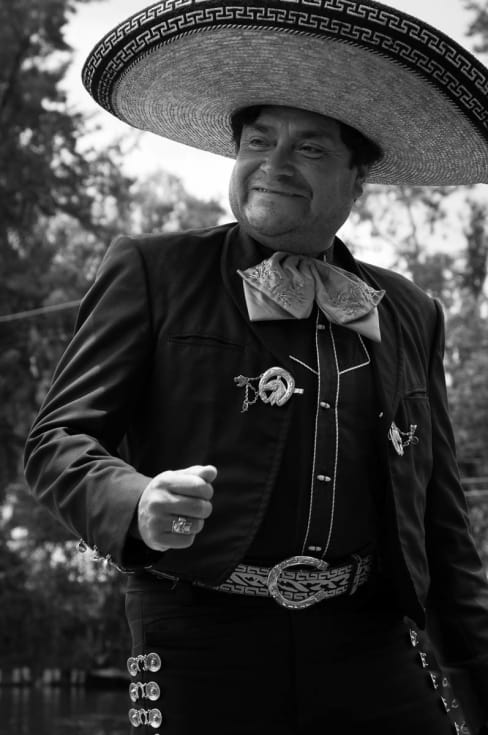

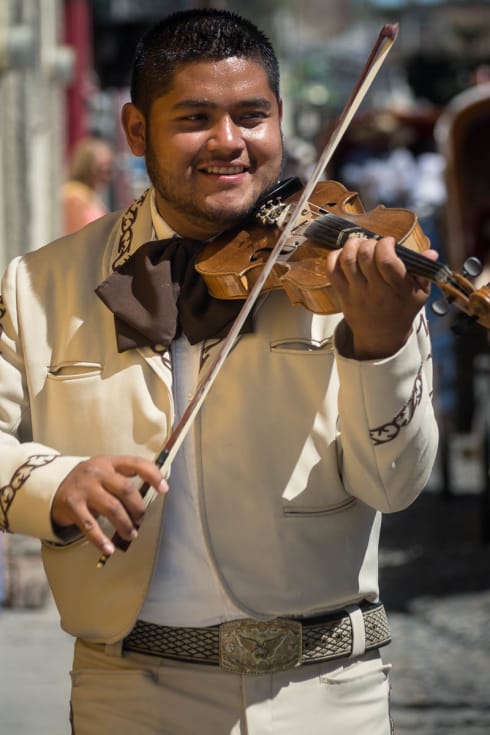
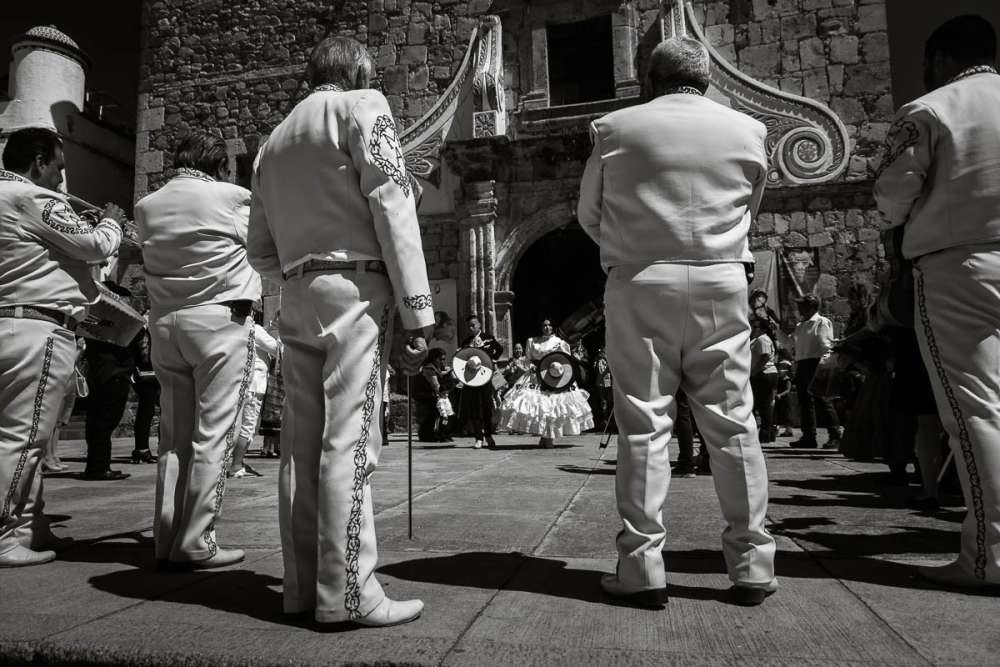
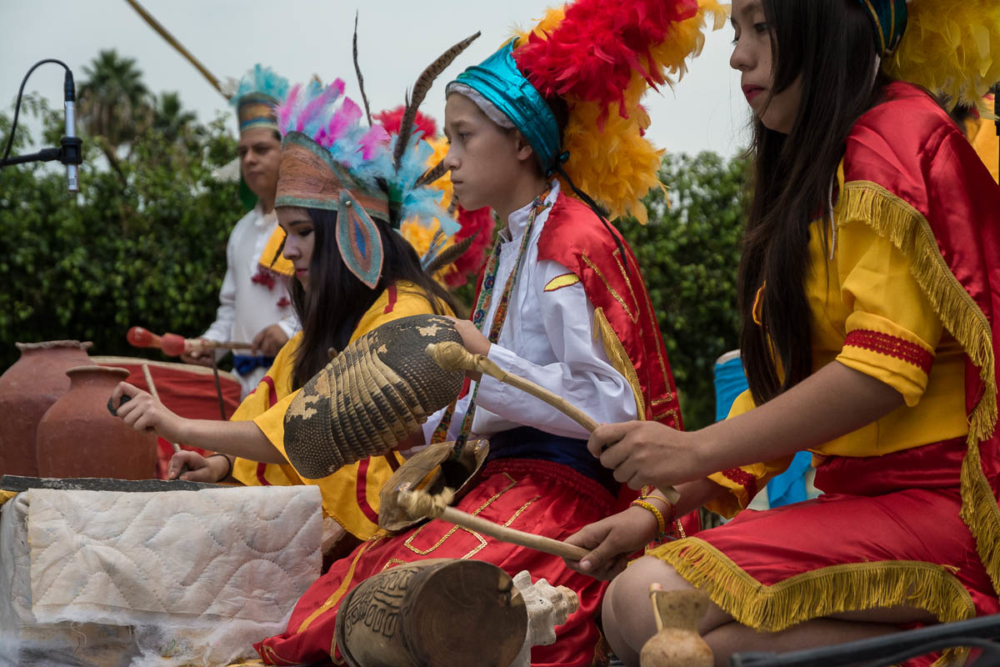

VIDEO: Living legend Vicente Fernández performs “Hermosa Cariño.” Vicente, or simply Chente if you’re hip, is universally revered in Mexico and it’s impossible to escape his immediately recognizable voice coming from car stereos, neighbors’ living rooms, or the nearby bar. With a career spanning over 50 years now, he is the Sinatra, Elvis, Roy Orbison and Michael Jackson of Mexican music, but he’s outlived them all.
Marching Bands
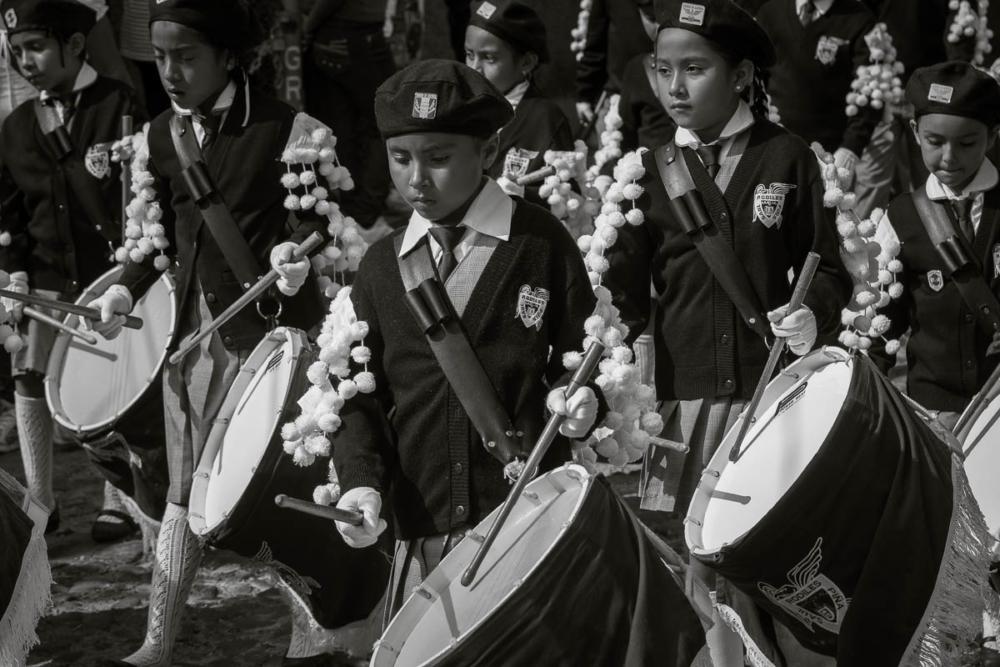

Marimba, Cumbia & Other Latin American Music
